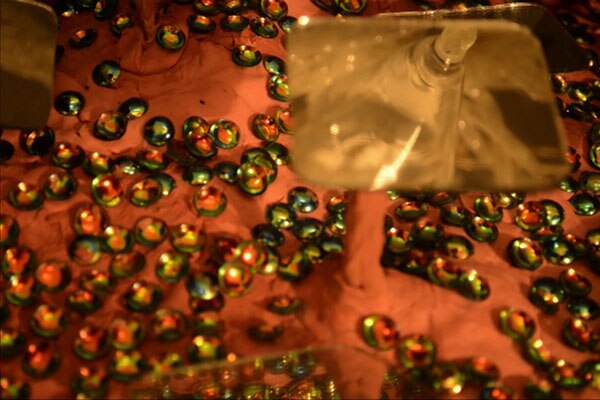
Anjana Kothamachu’s Agalma first caught our eye at the recent art fair. Her art taps the complex human relationship with desire, dreams, longing and fixation. This visual artist based out of Bangalore manifests her work as objects, installations, audio, moving image and drawings. Here’s unearthing more…
How would you define your art, in terms of genre?
I find it hard to define my work in terms of one genre. For me it’s more of coming together of still images (drawings), moving images (animation and video), sound (spoken word narratives) and objects to express an idea.
Also, as a visual artist my chief motivation is to create an image that is visually compelling and creating an experience for the viewer (this is through the amalgamation of video/sculpture/installation/sound) – one that is in sync with the thought I am trying to express.
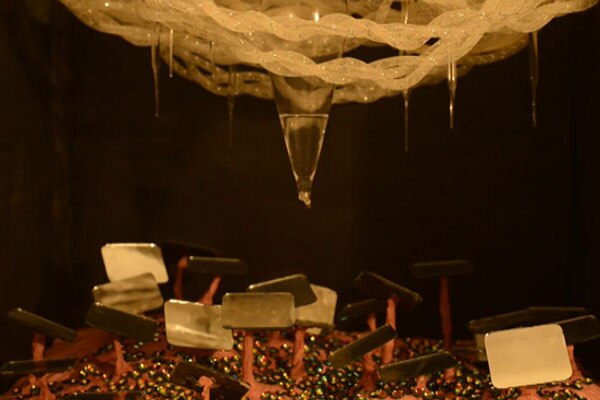
What is your art background?
Prior to studying art I graduated with major in psychology. I always intended to work as a psychologist. I also studied animation prior to pursing a fine art degree.
Any work that you are particularly proud of?
There isn’t one particular piece of work that I am proud of but there are particular elements of each work that stand out for me. Most crucial is being able successfully translate what I have envisioned. This is an underlying factor for all my works. However some technical aspects do stand out, for example, figuring out how to work with live ants in the video ‘Anima Animus’ or in the sculpture 'Agalma', the technical aspects in creating a free standing cylindrical central part of the sculpture. In the end it was a delicate balance that ensured the two ton piece stood in place.
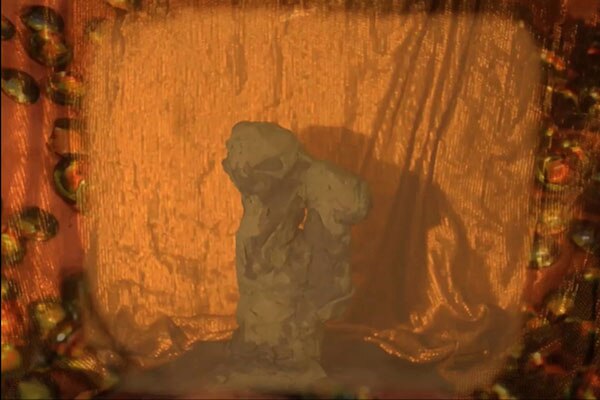
Someone else’s work that you wish was yours?
That’s a long list. Some classic animators like Jiří Trnka, Bretislav Pojar, Kihachiro Kawamoto,Yuri Norstein amd Jan Svankmajer top my list.
Share with us the thought process behind this art work? (Featured below)
Featured here is my work Phantasmagoria which could be described as a set of illusions like a dream. The term by itself has been used in various contexts. Walter Benjamin first used it when discussing economy, fashion and how markets work. It is also the name of a poem by Lewis Carroll where two characters are discussing the parallels of their existence. Basically, the term is so loaded with a range of meanings that representing it visually was a challenge.
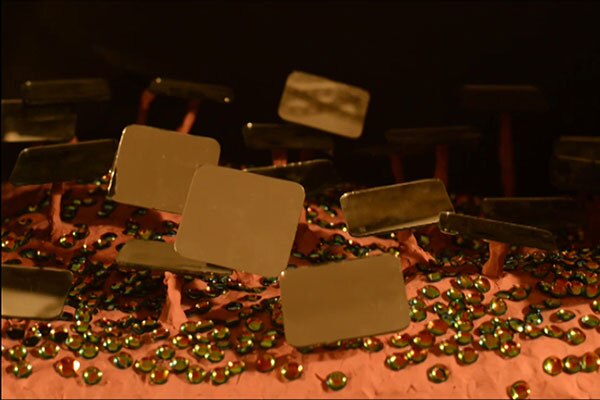
I constructed a video comprising of mobile/animated mirrors in the sterile made up environment of water, strange moving circular shapes and tubes. Each mirror seems to be opening up to a different landscape or setting, and there is an overall kaleidoscopic effect of multiple images overlaying each other. The installation (made of cotton and glue) effectively covered the entire room, and I had set up an elongated box at the end of which the video played which added to the overall effect.
(Phantasmagoric menagerie I & II) was a part of the Art and Fashion Residency at Khoj and funded by The Inlaks Shivdasani Foundation)
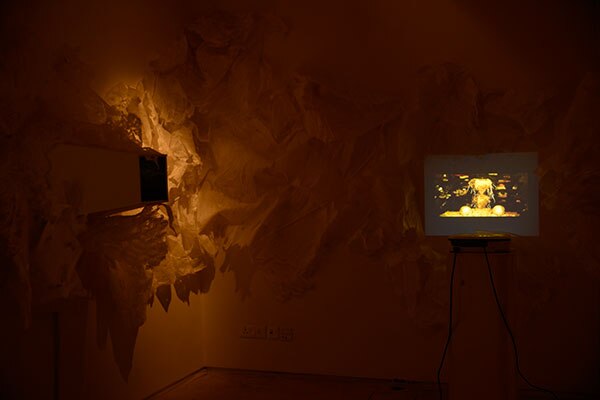
To view more of Anjana’s art:
http://anjanak.tumblr.com
https://vimeo.com/user2539912









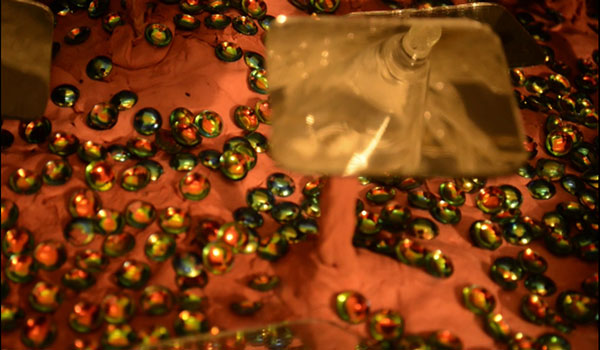






 Privacy Notice
Privacy Notice
Written by Khubi Amin Ahmed on 25th Feb 2015